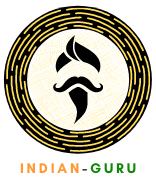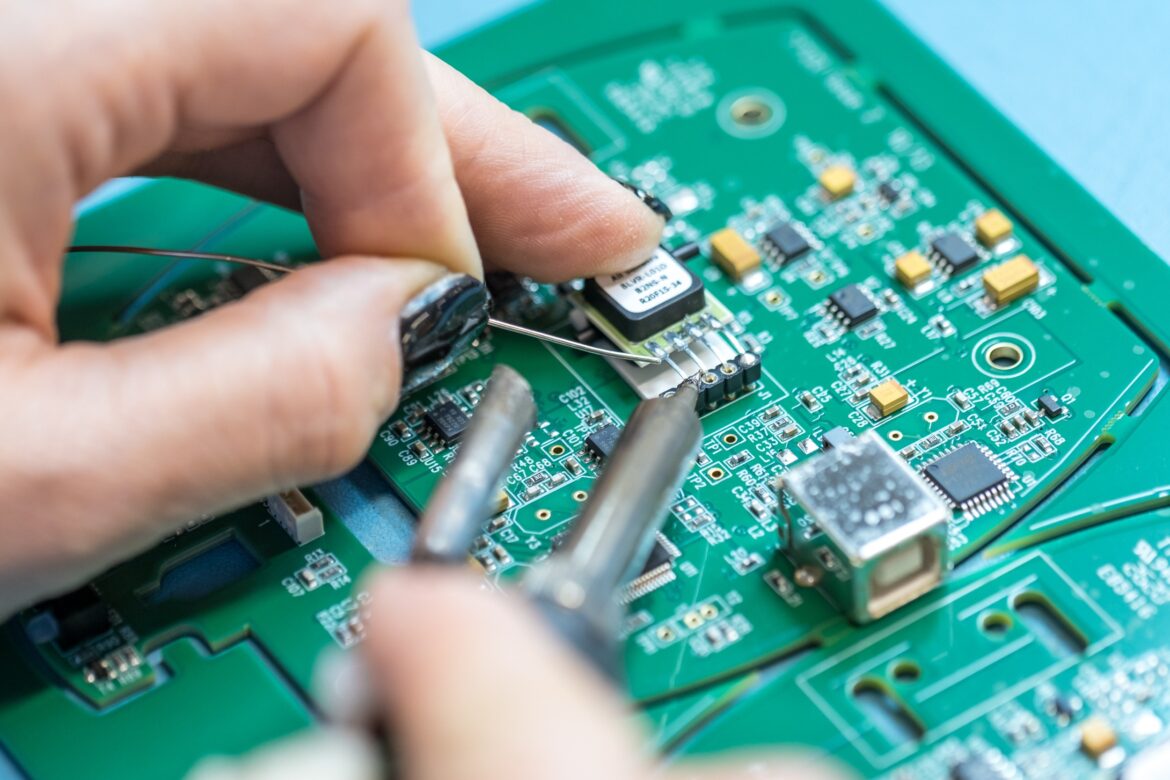Printed circuit board (PCB) machines are an essential part of modern electronics production, providing the foundation for a wide range of products from consumer gadgets to industrial equipment. From the basics of what PCBs are and how they are used, to the details of the machines that create them, this comprehensive guide offered by FS Tech provides the information you need to understand the world of PCB manufacturing.
We will explore the different types of PCB machines, the components and processes involved in creating a PCB, and the latest advances in PCB technology. With this knowledge, you will be able to better understand the products you use in your everyday life and make more informed decisions when selecting the right PCB machine for your needs.
What is a Printed Circuit Board (PCB)?
A printed circuit board, or PCB, is a manufactured board with electrical components and wires printed onto an insulating substrate. The printed wires are called traces, and they form a pattern that connects different components and completes electrical circuits, allowing the board to serve as an electronic circuit.
Electrical connections are made by soldering copper wires or other conductive materials to the board’s copper traces, which are protected by a layer of iron-rich epoxy called the printed circuit epoxy. A PCB is usually made of fiberglass-reinforced epoxy resin laminated to a thin sheet of fiberboard, although other materials are sometimes used.
PCBs are used to make printed circuit boards (PCBs), which are used for electrical and electronic applications. The most common type of PCB is a printed circuit board (PCB), which can also be referred to as a printed wiring board (PWB).
Types of PCB machines
While the details of each type of PCB machine vary, they all fall into one of two categories: manual or automatic. Manual PCB machines are manually operated, typically with an operator feeding the materials and pressing the start/stop buttons on the machine.
Automatic PCB machines are fully or partially automated, removing the need for human operators and allowing the machines to run unattended. Manual PCB machines typically have a lower production capacity than automatic machines, but they are often less expensive and easier to repair.
Automatic PCB machines are often more expensive and complex than manual machines, but they can typically produce more boards per day.
Manual PCB Machines – Manual PCB machines use manually controlled mechanisms to feed materials and control processes, with an operator controlling the entire machine. Manual PCB machines have a lower production capacity than automatic machines, but they are often less expensive and easier to repair.
Semi-Automatic PCB Machines – Semi-automatic PCB machines are partially automated, with some processes controlled manually by an operator and others running automatically. Semi-automatic machines are often a good option for someone who is looking for more production capacity than a manual machine but less than an automatic machine.
Automatic PCB Machines – Automatic PCB machines are fully automated and controlled by a computer program. They typically use a single automated system to control the entire machine, which makes them more complex but can also increase production capacity.
Components of a PCB machine
In order to understand the processes involved in manufacturing a PCB, it is important to first understand the components of a PCB machine. The following describes the components of a PCB machine and their roles in the PCB manufacturing process.
Work area – The work area is the surface on which the operator places the materials needed for the job. It may have a computer-controlled turntable for rotating the board or other automated systems for handling materials. The work area may also have fixtures for holding boards in place or other accessories used throughout the manufacturing process. It is important that the work area can accommodate all necessary materials.
Feeder – The feeder is the system that transports materials from their storage area to the work area. There are many different feeder types, but they all typically have a conveyor system with rollers that can be programmed to deliver specific materials at specific times.
Workpiece handling – Workpiece handling is the system that moves the board during the manufacturing process. It may include a vacuum chip-feeding system to hold the board against the solder paste or a robot that precisely moves the board through the machine.
Processes involved in manufacturing a PCB
Paste application – Before the board can be put through the machine, a thin paste is applied to the copper traces. This paste is typically made of a mixture of rosin, water, and possibly a few other additives. The purpose of the paste is to create a conductive path from the copper traces to the solder points.
Binding – Once the solder paste has been applied to the board, a binding agent is applied to hold the paste in place. This binding agent helps the paste to stay on the copper traces and keeps the copper from oxidizing.
Binding agent – The binding agent used for PCB manufacturing can be a liquid or a solid. Liquid binding agents are typically aqueous solutions with a small amount of surfactant that keeps the copper from oxidizing. Solid binding agents are often a mix of rosin putty and a resin binder.
Board coating – Once the board has been etched and the paste has been applied, the board goes through a coating process. The coating process applies a layer of copper (or copper-rich) epoxy to the copper traces. The epoxy is applied by flowing through a spinning wheel. This wheel has many tiny holes that feed the epoxy through the board, coating the copper traces.
Advances in PCB technology
While printed circuit boards have been used in electronics manufacturing for decades, there are always new advances in PCB technology that push the industry forward. Here are some of the most recent advances in PCB technology that have changed the industry and made PCB machines more efficient than ever before.
Automated Borderless Circuitry – Borderless circuitry is when the edges of the board do not have a copper trace. This allows the board to be smaller, lighter, and cheaper. Automated borderless circuitry is when the PCB machine cuts traces on the board that allow you to easily remove the board from the machine after forming. This makes it cheaper and faster to produce the boards.
Solder-External Termination and Solder-Bleeding – Solder-external termination and solder-bleeding are two techniques that allow for a shorter trace length in the board. This reduces the number of connections on the board and helps to reduce the amount of power lost in the board.
Selecting the right PCB machine
When it comes time to select a PCB machine, you might find yourself overwhelmed by the wide range of options available. The best way to narrow down your selection is to first decide what your manufacturing needs are and then finding the machine that best meets your needs. Here are a few things to keep in mind as you make your selection.
Capacity – The most important thing to consider when selecting a PCB machine is your production needs. What volume of boards do you plan to produce? How many boards do you expect to have in queue at any given time? What material thicknesses do you need to produce? All of these factors will help you decide what machine is best for your needs.
Materials – Another important consideration when selecting a PCB machine is the materials you will be using. What materials are you planning to use? Which materials are compatible with your PCB machine? How thick are the materials you need to work with? Materials selection is important because certain PCB machines are designed to work with a specific type of material.
Cost – When selecting a PCB machine, cost is always a consideration. What is your budget for purchasing a PCB machine? What is your budget for ongoing maintenance and repairs? How long do you expect the machine to last? All of these questions will help you determine what machine is best for your budget.
Benefits of using a PCB machine
As the world of electronics continues to advance, the benefits of PCB machines will only become more evident. Here are just a few of the many benefits of using a PCB machine in your manufacturing process.
Higher Quality Boards – Using a PCB machine can help you to produce boards of a higher quality than if you made them by hand. A PCB machine will consistently apply the correct amount of solder paste to the board and properly coat the board with epoxy. Since these processes are automated and done by a machine, they are much more consistent than if they were done by hand. Consistency is important when it comes to producing high-quality boards.
Faster Turnaround Times – With a PCB machine, you can produce PCBs faster than if you made the boards by hand. It is estimated that you can produce a board 10 times faster with a PCB machine than if you made it by hand.
Read More
SEO Tips for Writing Blog Posts that Rank
How To Make An Eye-catching Velvet Mini Dress
Seven Factors to Consider when Choosing A VPS Hosting Provider




